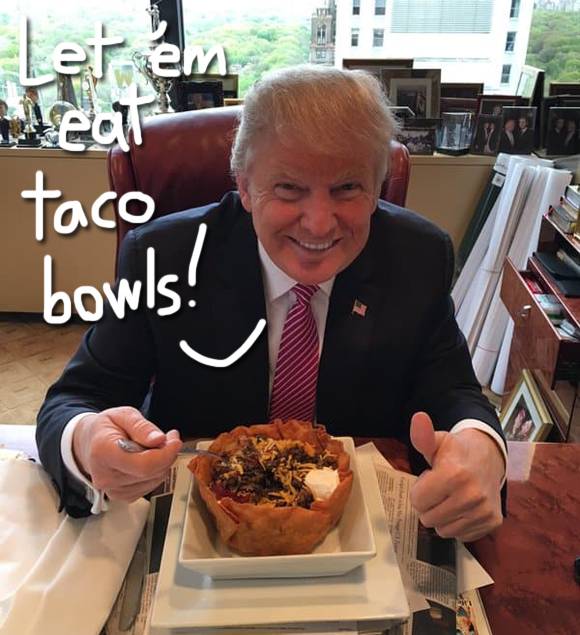Trump plans to replace food stamps: Here’s how
The White House Budget Director Mick Mulvaney compared the model to Blue Apron – a meal-kit delivery service.
The proposed plan would replace about half of the program’s cash benefits while recipients would still receive the other half as they always have.
The budget includes the proposal as part of a complete revamp of the SNAP, or the Supplemental Nutrition Assistance Program, which now provides low-income families with electronic benefits that can be used to purchase groceries at authorized retailers.
The President said that any household qualifying for more than $90 in food stamps, would receive the new boxes.
In addition to the “food box” delivery program, the budget also wants to expand on previous reforms that would strengthen the expectation for work among “able-bodied adults” so the benefits can be preserved for those who are most in need of them. It forces people to make an impossible choice: Go to work and make money and hope to God that their kids’ food doesn’t get stolen off the front porch, or call in sick and wait for their allotment of green beans to arrive sometime between the hours of 8 A.M. and 8 P.M. “So we’re pretty excited about that”, Mulvaney said during the briefing Monday. Trump is looking to reduce the USDA’s budget by $213 billion between the 2019 and 2028 fiscal years.
Though they are considering changes to food stamps, members of Congress will nearly certainly ignore the Trump administration’s beans-and-rice scheme when they begin the legislative process of reauthorizing SNAP this year.
As part of the new 2019 budget proposal, recipients would be entered into the new “America’s Harvest Box” programme and will receive about half their benefits in the form of a food box, rather than buying the food themselves.
What isn’t clear is how the food would be distributed to millions of SNAP recipients who live all over the country, including dense urban areas and sparsely populated rural regions.
Trump’s administration believes states can provide the food packages cheaper than what SNAP clients pay for food at stores, saving more than $120 billion over the next decade.
Let’s recall here that Michelle Obama couldn’t even promote healthier school lunches without right-wing outcry about the nanny state; when Trump literally wants the government to select, box up and deliver food of questionable nutrition for the poor, we hear agriculture Secretary Sonny Perdue praising the plan as “a bold, innovative approach”.
Critics of the proposal said distributing that much food presents a logistical nightmare. The Commodity Supplemental Food Program, as it’s known, is restricted to people who are poor and at least 60 years old. SNAP is one of the most successful anti-poverty programs that we have.
Knott also said that the program is created to help vulnerable populations like veterans returning from combat or seasonal workers who would lose benefits if they aren’t working for several months. “States will have substantial flexibility in designing the food box delivery system through existing infrastructure, partnerships, or commercial/retail delivery services”. It also says the program will support American agriculture and prevent certain types of program abuse.








